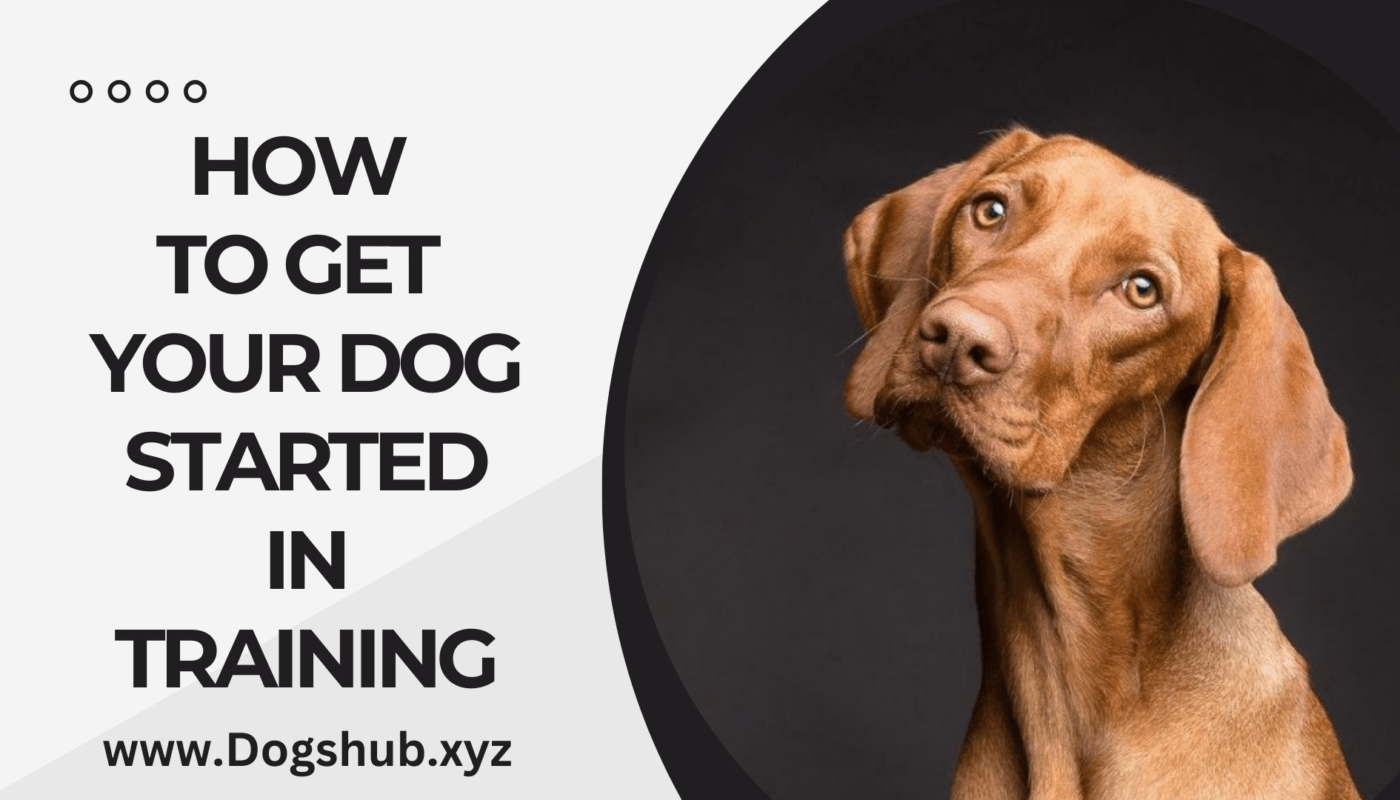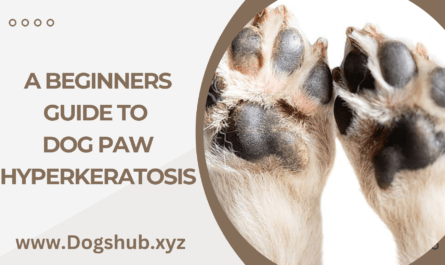How to Get Your Dog Started in Training. Puppy’s are always learning about their surroundings, through interaction with different animals or even from the direct instruction they receive.
This sets the base that sets the scene for their later years. Making sure that puppies receive the proper interaction and puppy education helps them grow into confident canines.
Use this step-bystep puppy training guide to help you set your puppy on the right path to success!
When Can You Start Training Your Puppy?
A puppy’s training begins when you bring your puppy home. This is usually around 8 weeks age. As young as they are they are able to master fundamental puppy-training cues, like sitting, staying, and even come.
Tips for Training Your Puppy
Below are a few basic puppy-training tips to help start you off.
Use Positive Reinforcement
There are numerous ways to train your dog that you’ve read about or met on the spot with a dog trainer. But, there’s only one accepted and scientifically supported method for training your dog, and that is using positive reinforcement.
Positive reinforcement is the act that rewards you in order to motivate a behavior that you would like to see. The use of punishment–including harsh corrections; correcting devices such as shock, choke, and prong collars; and dominance-based handling techniques–should be avoided, because these can produce long-term consequences that result in various forms of fear and anxiety for your dog as an adult dog.
For this to be effective, you must first determine which reward works accurate for your pup. For some puppies, it might be that is as basic as a portion of their regular kibble enjoyable sufficient to play with and others could require something more appealing, for example, an exclusive training reward.
There are pups who aren’t driven by food in any way! In those cases, you need to locate a toy that they like and receive when they perform an excellent job. It is also an effective way to encourage a puppy. By stroking or exuding excitement by saying “good job!” may suffice to begin puppy education.
Keep Training Sessions Short
In the case of training a simple instruction, try to keep your sessions brief, around 5 minutes at a time, and you should aim to spend an average of 15 minutes each day. The attention span of puppies is short and therefore, you should end the lesson with a positive tone to assure they’re eager for the next one!
Use Consistency When Training Your Puppy

It is crucial to remain congruous in the way you approach signals and training. Make use of the same words or hand gesture to teach your puppy the basics of cues, including to sit, remain, or come.
It’s also crucial to reward desired behavior consistently regardless of whether it’s practical. For instance, if your puppy has arrived at your door, and is begging to leave the house for a toilet, stop whatever you’re doing and allow them to go, and praise them for taking the time to go to the bathroom in the open.
Practice in Different Environments
A puppy’s journey into a brand new setting like an outdoor park or the ocean or the beach, and then soliciting a cue from them is completely different than learning at home. It is because of the myriad of things they’ll experience outside of the house.
Do your perfect to get them practiced with different environments to benefit set your pet up for being comfortable in any circumstance. Be aware that puppies are not allowed to visit locations that have enough dogs until they’ve finished their vaccinations for puppies!
Be Patient
Puppy’s are developing and learning as do the children they are just starting to meet. There will be mistakes made and they will not always be able to understand the question you’re asking them.
Each puppy develops at different paces, so stay in the process and do not get overwhelmed. Making sure you have a regular routine of eating, breaks for potty as well as naps and time for play will benefit your puppy feel at ease. And a safe puppy is poised and willing to grow!
Basic Puppy Training Timeline
When do you begin to teach your dog to recognize different signals? What is the excellent time to begin house training? Here’s a puppy-training timeline which you could utilize.
7-8 Weeks Old
Basic Cues (Sit, Stay, Come)
Start with simple clues as young as 7 weeks of age:
Make a sound for example “sit” once.
Make use of a treat to get your dog in an upright place.
After sitting, hand your dog a treat as well as some appreciation.
Leash Training
It is possible to begin leash training inside at this time. As puppies aren’t yet able to get their complete vaccinations yet and are not fully vaccinated, it’s unsafe for them to walk in the same areas that other dogs do.
Let them put on the collar or harness for a short amount of time, while offering sweets. Boost the time slowly. When your puppy is able to approach you, it is possible to stroll around the inside on the leash without distractions. It is possible to move your training outdoors once your puppy is vaccinated. had all the vaccinations.
General Handling
Make sure your puppy is familiar with touching. Be gentle and gently rub their ears as well as their paws and reward the pup. It will benefit them get familiar with having their areas be touched, and make vet appointments and nail trimmings less stressful as they get old enough!
8-10 Weeks Old
Crate Training
Your puppy must see his cage as a safe and peaceful space. Introduce your pet to their crate in 10minutes at a time when they’re nice and relaxed. Give them a reward for coming to their cage. It is also possible to provide them with food in their cage in order to foster a healthy space.
10-12 Weeks Old
Learning Not to Bite
The puppies are mouthy by the age of. In their mouths, they put things is the way they discover their surroundings, however it’s important to train children not to bite your fingers or your ankles. If they begin to bite you, get the bite to a different object like toys.
12-16 Weeks Old
Potty Training
A consistent schedule is essential in potty training. Be sure to get your puppy to the toilet first at the beginning of the day, following having eaten, as well as after playtime and rest throughout the entire day. In this stage, they’ll begin to have sufficient bladder control and be able to control it. Give your pup treats each when they use the restroom outdoors.
6 Months Old
The puppies are at the adolescence at this time this is when it becomes the toughest phase to get started with training. This is why it’s crucial to begin training them early enough! As they grow older, they will be able to continue your training and build the abilities when they are in situations that are more open and attractive like dog parks.




